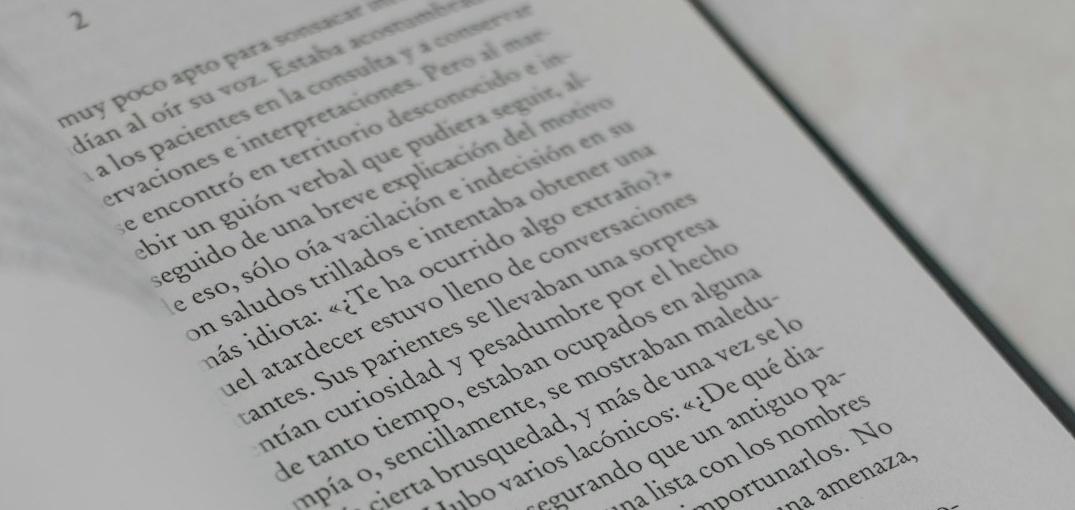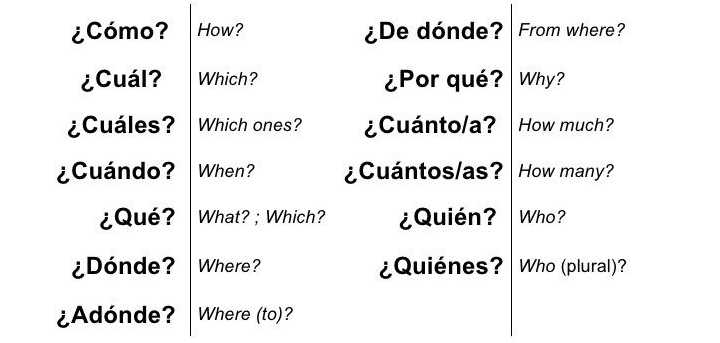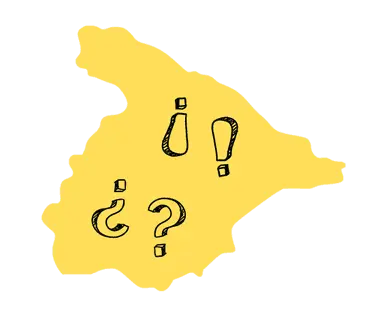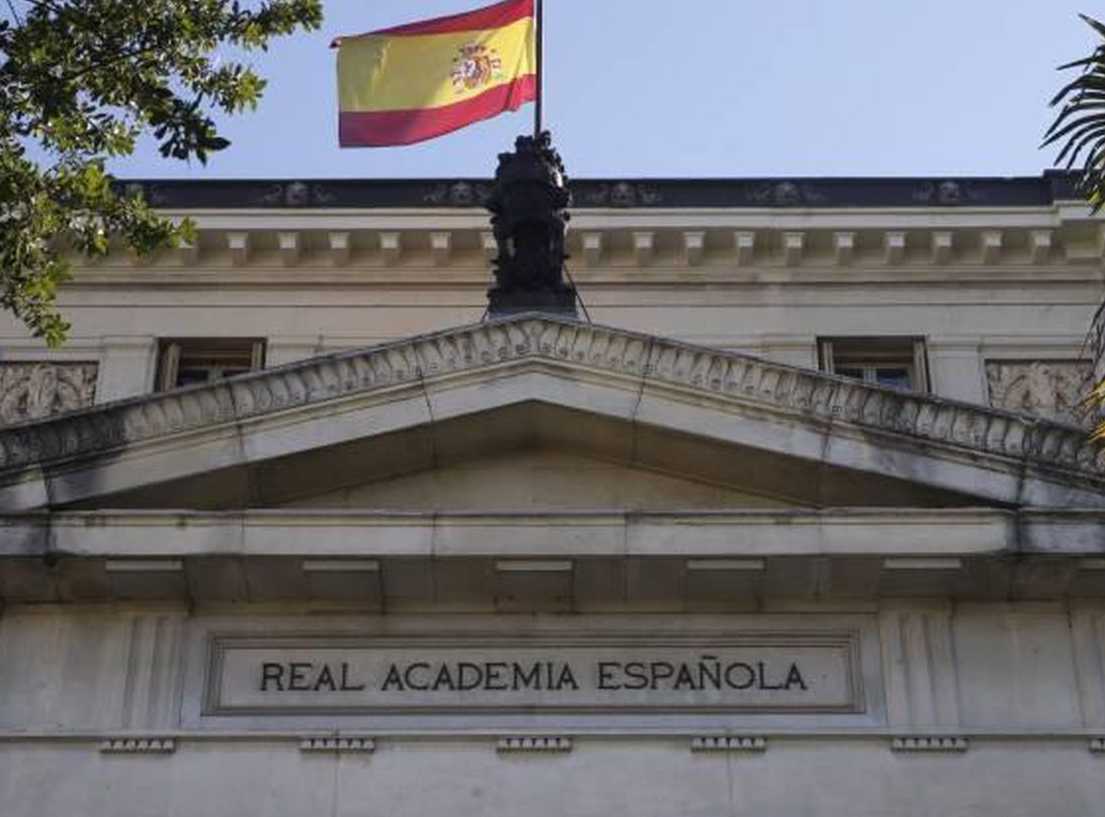If you're learning Spanish, then you know that question and exclamation marks in Spanish are written upside down. If you're not a Spanish learner, it seems quite weird, doesn't?
Upside-Down Punctuation in Spanish
¿¡Why It Exists and Where It Came From?!
¿¡Why It Exists and Where It Came From?!

WHERE DO THESE MARKS GO?
It’s important to know that inverted punctuation marks don’t always start at the beginning of the sentence, but rather at the beginning of the actual question or exclamation.
👉 For example:
Estoy muy feliz, ¿y tú? / Pues, ¡nos vemos mañana!
(I'm very happy, and you? / Okay then, see you tomorrow!)
It’s important to know that inverted punctuation marks don’t always start at the beginning of the sentence, but rather at the beginning of the actual question or exclamation.
👉 For example:
Estoy muy feliz, ¿y tú? / Pues, ¡nos vemos mañana!
(I'm very happy, and you? / Okay then, see you tomorrow!)
If you're learning Spanish, you've probably noticed something curious: questions and exclamations start with upside-down punctuation marks! And if you're not a Spanish learner, this might look a bit… strange. In English, French, Russian, and many other languages, we simply use one ? or ! at the end of a sentence. But Spanish? It adds a twist.

A SIMILAR CONCEPT IN ENGLISH?
At first, this might seem confusing or even unnecessary, but it actually makes reading easier. These marks tell you right away that what you're about to read is a question or an exclamation — so your voice and intonation can follow naturally.
Surprisingly, there's something a bit similar in English! When we start questions with words like do, does, did, can, will, etc., it signals that a question is coming, just like the ¿ in Spanish helps set the tone for the reader or speaker.


WHAT ABOUT TODAY?
Currently, Spanish is the only major language that officially uses both ¿ and ¡ punctuation marks. A few minority languages that are historically or geographically connected to Spanish may use them as well, but only as a result of Spanish influence.
CAN YOU SKUP THEM?
😅 Yes… and no. On social media, in messages, and in casual writing, it’s common for people to omit the inverted marks. But in books, newspapers, academic writing, and formal communication, they are absolutely required.
Currently, Spanish is the only major language that officially uses both ¿ and ¡ punctuation marks. A few minority languages that are historically or geographically connected to Spanish may use them as well, but only as a result of Spanish influence.
CAN YOU SKUP THEM?
😅 Yes… and no. On social media, in messages, and in casual writing, it’s common for people to omit the inverted marks. But in books, newspapers, academic writing, and formal communication, they are absolutely required.
WHEN DID THIS ALL BEGIN?
So, how did this tradition of upside-down punctuation even start?
📚 It was the Royal Spanish Academy (Real Academia Española) that first proposed the use of inverted question marks in the second edition of the Ortografía de la lengua castellana (1754). At first, only the upside-down question mark ¿ was introduced. The inverted exclamation mark ¡ came a bit later.
Even then, it took a while before they were widely adopted — editors, printers, and writers were hesitant at first. But eventually, these little symbols made their way into everyday Spanish.
So, how did this tradition of upside-down punctuation even start?
📚 It was the Royal Spanish Academy (Real Academia Española) that first proposed the use of inverted question marks in the second edition of the Ortografía de la lengua castellana (1754). At first, only the upside-down question mark ¿ was introduced. The inverted exclamation mark ¡ came a bit later.
Even then, it took a while before they were widely adopted — editors, printers, and writers were hesitant at first. But eventually, these little symbols made their way into everyday Spanish.
CONCLUSION
Spanish might look a little quirky at first, but this unique punctuation system actually makes reading smoother and clearer — especially when it comes to intonation and tone.
So next time you see a ¿ or ¡, you’ll know exactly why it’s there — and how useful it really is!
💌 If you liked this blog post…
Please consider sharing it on social media, and don’t forget to subscribe to the LanguageEasy Newsletter for more insights, blog posts, and video updates 📬
Please consider sharing it on social media, and don’t forget to subscribe to the LanguageEasy Newsletter for more insights, blog posts, and video updates 📬
LanguageEasy Newsletter
Subscribe to LanguageEasy Newsletter to receive updates, language learning tips and more!
(❗sometimes e-mails may come to your spam box - be attentive and get a newsletter out of it 😉)
(❗sometimes e-mails may come to your spam box - be attentive and get a newsletter out of it 😉)
Thanks for subscribing! :)
Now you'll be receiving LanguageEasy newsletters with my updates, language learning tips and more!
